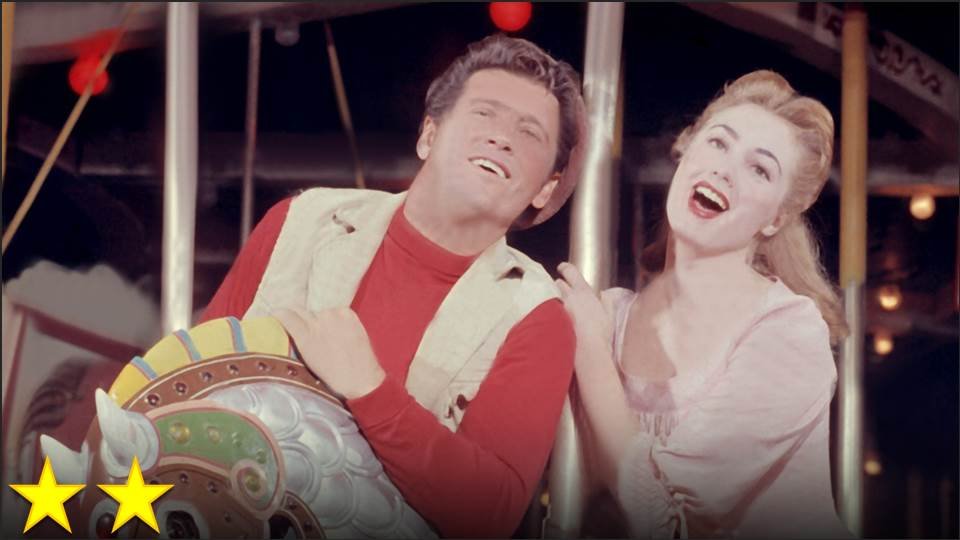The backlash to La La Land shouldn’t be nearly as surprising to me as it is – rejecting that which everyone else seems to uncritically adore is one of the ways that our species keeps itself from becoming too gullible, thoughtless, or monogamous. While it’s sometimes hard to tell the difference between the critics who just want to seem/feel smarter than everyone else, whether they’re the posh elitists from the background of a Woody Allen movie or the hipsters in the nearby coffee shop, and the critics who genuinely wanted to appreciate the film for what it is rather than what it isn’t, but left the theater feeling unsatisfied. For me, one of the key criticisms I keep hearing that I actually do find to be a valid one is the issue of the lack of a strong sense of focus and plot during many large portions of the film. When I put the first third of the movie under a microscope, I find that there’s really not a lot of story here – or arguably not a lot of “movie” here – just spectacle and emotion. There’s a time and place for spectacle and pure emotion in cinema, however, and this place generally is indeed found in the musical number, but my preferred explanation for why La La Land has this problem is that it becomes one of the ways the film address the problems that the musicals from the 1950s have. In other words, there are times when La La Land seems like it offers nothing more than its genre as its entertainment, but this is justifiable in my view. The film for which it is not so justifiable is 1956’s Carousel, which is purely a display of its genre and nothing more – purely flavors without substance.
All of the songs feel like usual Rogers and Hammerstein songs, but few of them are memorable. All of the story beats feel just right for a standard stage musical, but none of them are interesting. All of the performances are impressive and spot-on, but I couldn’t care less about the characters. Perhaps it’s just because of the generation gap, but the way that the characters think, speak, and behave strikes me as being so different from my experience with being a human being and interacting with other human beings that I find it hard to believe these characters are even meant to represent our species. Their expectations of how life works are so far away from contemporary progressive values that I was more bewildered by the characters’ emotions than I was invested in them. The film almost made me care, however, simply by being so stylistically emotional, with music that, at the very least, saturates the conflict appropriately. The visual style alone is enough to make the film worth watching in spite of all of its flaws, because this is the way that a movie is supposed to look and feel – this is the kind of thing I want to see when I look at a movie screen.
All put together, the different elements work in tandem to make it abundantly clear that the viewer is watching a Rogers and Hammerstein musical, and in a sense, this film can be used as a benchmark to see how close a film comes to feeling like a mid-century musical – to capturing the genre. There’s a good bit of Oklahoma in here, a piece of South Pacific, a touch of the yet-to-be-produced Sound of Music, and resemblance to Singin’ in the Rain or Bye Bye Birdie at times. In this sense, the movie is like a “Greatest Hits: Volume 3” for its genre: it’s the same style we expect and all the same stuff we’ve heard before, but more boring now. I think it works better as a stencil than a movie, allowing other films to use its tricks and tropes to properly stylize other films in the genre, hopefully helping the next director who tries to do something like La La Land perfect all of the little things that make a musical truly feel musical.

